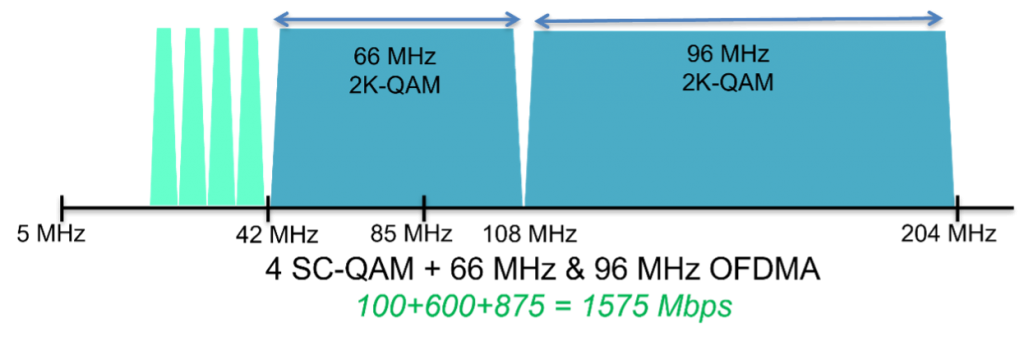- Leadership Through Giving: How the Americas Partner Organization is giving Back
- Walmart is discounting one of my favorite Sony Bluetooth speakers
- Welcome Our Newest Associate Participating Organizations
- This battery floodlight camera is perfect for my dark yard (and just hit its lowest price)
- I set up portable solar panels in my backyard for a month - and the results impressed me
Achieving Symmetrical Gigabit Speeds Over Cable – Cisco Blogs

Over the past 12 to 18 months, the Cable industry has been put to the test, and come out shining. As millions of people adapted to working and learning from home, cable networks held up and enabled the unprecedented transition. But the transition was not without its challenges. As more customers consumed bandwidth throughout the day, MSOs were faced with congestion upstream. No one likes to have their video freeze up during an important video call, so operators worked tirelessly to split nodes and thus add more upstream capacity with traditional, low-split (42 MHz) products. The chart below illustrates just how much bandwidth growth was experienced, particularly in the upstream, over a 17-month period.
Now that things are stabilizing, MSOs are looking to the future. So, what’s next? Where are the bottlenecks, and what network capabilities are needed to keep subscribers from churning? That is a set of complicated questions! Operators have been telling us that getting to 1Gbs upstream speeds is the next priority, matched with a 1 or 2Gbs downstream, but how to get there is a matter of debate. The market is fractured more than ever in its architectural direction. Do we simply extend the existing integrated CCAP (iCCAP) to a 204 MHz split? Move to Distributed Access Architecture (DAA) and Remote PHY (RPHY)? Wait for Flexible MAC Architecture (FMA)? When will DOCSIS 4.0 be ready to deploy, and in what flavor, Full-duplex DOCSIS (FDX) or Extended Spectrum DOCSIS (ESD)? Cisco’s own John Chapman diagnosed the challenge perfectly in an interview with Fierce Telecom Cisco exec says too many DOCSIS options are clouding cable’s future.
While the long-range future on which path to take remains cloudy, the solutions necessary to get to 1Gbs symmetrical services are available today. By planning for a mid (85 MHz) or high (204 MHz) split, and deploying D3.1 OFDMA, operators can realize the promise of symmetrical speeds in the range of 300Mbs to 1Gbs. Figure 1 below shows the total aggregate capacity for 85 MHz while Figure 2 shows the total aggregate capacity for a 204 MHz deployment.


While implementing a split change in the network has obvious bandwidth gains, it does come with its own set of challenges. I recently participated in a webinar with industry experts Jason Miller and John Downey where they covered the issues, considerations, and best practices for deploying these solutions in greater detail. You can find a link to the Webex on-demand replay on the Cisco Knowledge Network here. I think you will find it to be extremely helpful if you are considering a mid or high split implementation in the near future. Symmetrical and multi-gigabit speeds may be coming to your home soon!
Share:

